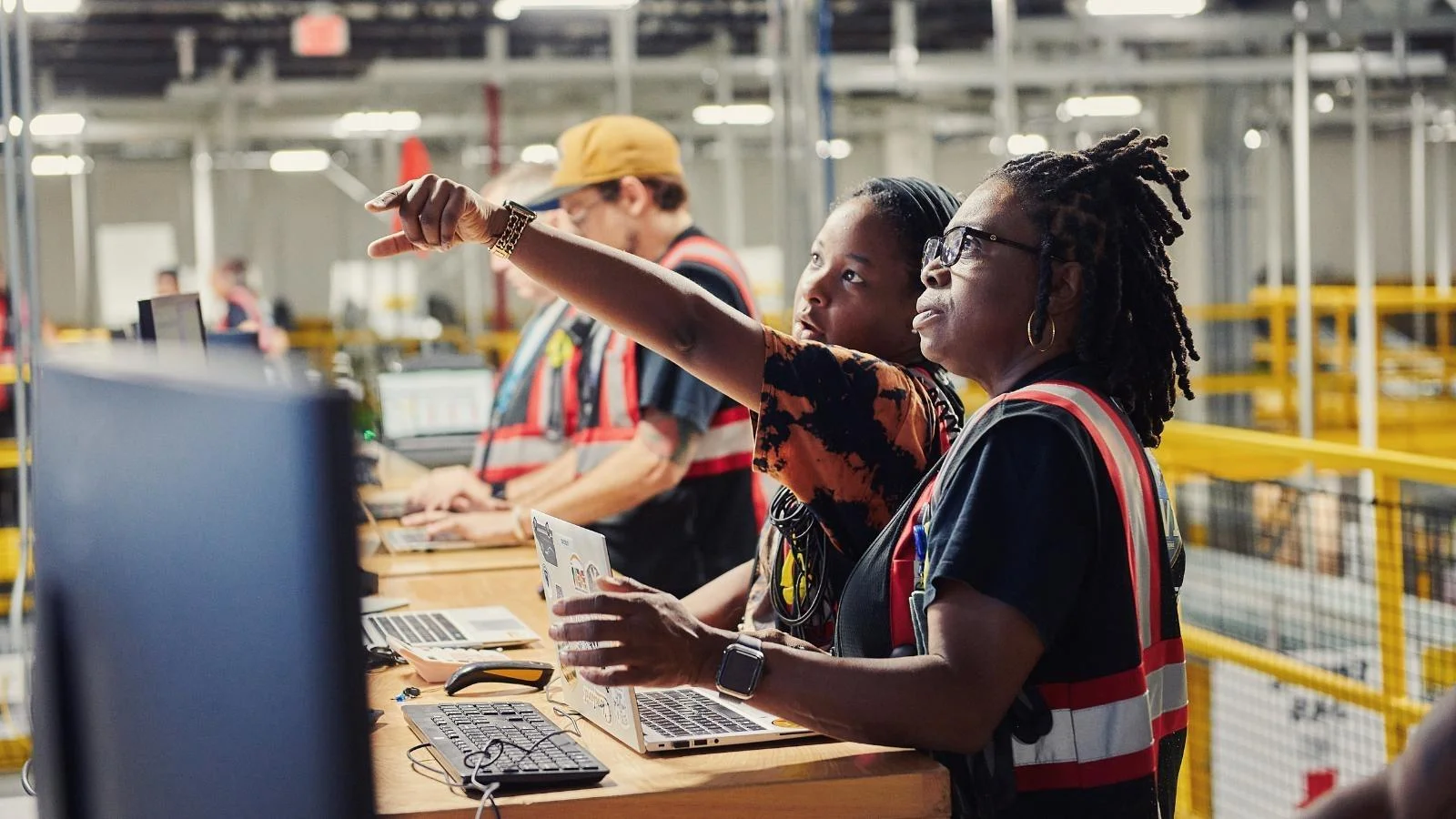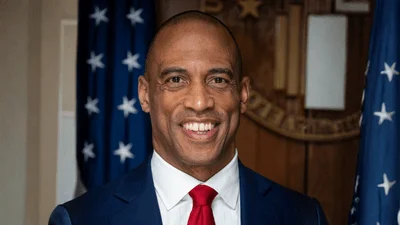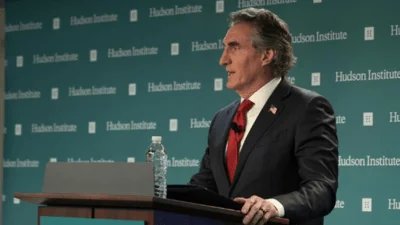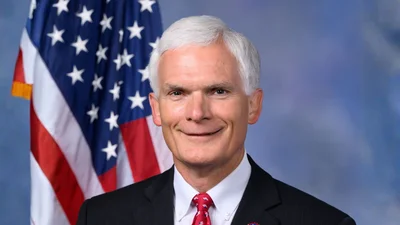Amazon’s dual decisions this month—cutting tens of thousands of corporate roles while adding 250,000 seasonal workers—represent more than a management shuffle. They mark a decisive doubling down on the people who keep the economy moving: the nation’s blue-collar workforce.
At a time when most major employers have been quieter on hiring, Amazon’s expansion stands out as a vote of confidence in the real economy. The company’s seasonal hires, earning roughly $19 an hour on average and more than $30 an hour in total compensation for full-time operations staff, reflect a willingness to invest in the people who move goods, drive trucks, and fulfill orders—those closest to the customer.
It is no surprise this is happening amidst the widespread adoption of AI. AI represents the first technological advancement that is more significantly disrupting America’s white-collar workforce than its blue-collar one.
In that light, Amazon’s cuts to corporate staff are not a retreat but a reset and CEO Andy Jassy’s restructuring signals discipline rather than austerity: redirecting resources from overhead to output. For Wall Street, it’s a message of focus and efficiency. For Washington, it’s evidence that a private company can align profitability with broad-based employment.
For workers, the message is even more stark. AI is not stealing your jobs; technology is expanding opportunity. Through its Career Choice program, the company prepays tuition for degrees, certificates, and vocational training after just 90 days of employment. In Georgia and California, employees partner with community colleges, technical institutes, and even robotics apprenticeship programs that deliver 20%-plus wage increases upon completion.
This isn’t window dressing. It’s the practical infrastructure of upward mobility—proof that a blue-collar job can be a career starter, not a dead end. For many workers in rural and suburban counties, Amazon represents one of the few large employers offering both solid hourly pay and a pathway into higher-skilled roles.
Independent data backs the approach. A recent Oxford Economics study found that Amazon’s fulfillment centers lower local unemployment by 0.37 percentage points, raise average earnings by 2.6%, and increase labor-force participation by nearly half a point within five years. They also reduce reliance on government programs like Medicaid, as more workers gain employer-provided coverage. According to the study, each site also spurs roughly 6,000 new small businesses as suppliers and service providers cluster nearby. These facilities function as modern manufacturing hubs, catalyzing growth across sectors. Communities don’t hollow out around them—they grow.
The big picture here is one of realignment, not contradiction: a deliberate shift of energy and capital toward the workforce that literally keeps the business moving. In doing so, Amazon is redefining what a tech-enabled employer can look like—less Silicon Valley, more Main Street.
Nowhere is this more striking than Amazon’s recent announcement that it would be hiring 250,000 seasonal workers. By expanding front-line employment while streamlining white-collar management, Amazon is signaling that its growth strategy rests on the real economy: logistics, manufacturing, and service—the tangible work that underwrites American consumption and export.
By betting on its blue-collar foundation and trimming excess at the top, Amazon is reminding investors, policymakers, and peers alike that the future of American productivity will be built not in conference rooms, but on warehouse floors and delivery routes.









